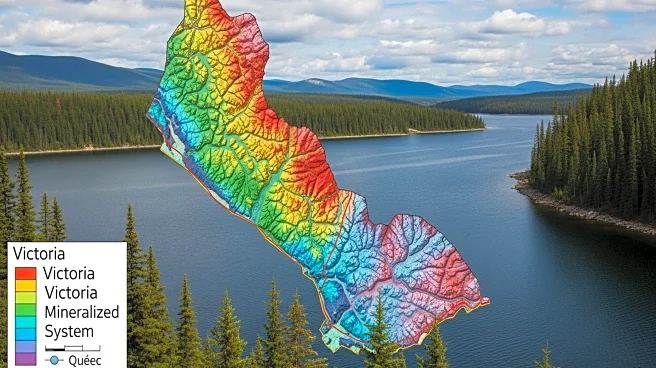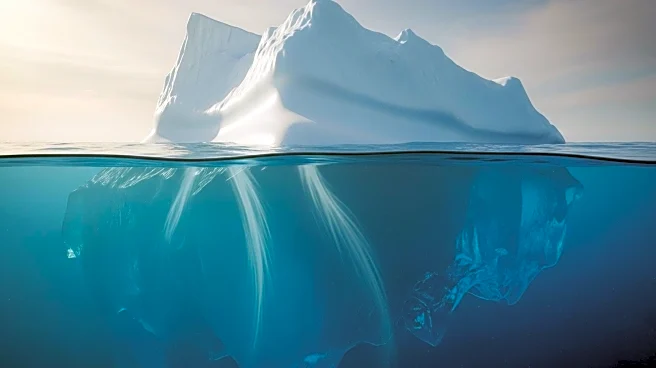What's Happening?
Brunswick Exploration has confirmed the presence of historical spodumene pegmatite and discovered a second dyke at its Paamiut Project in Greenland. These discoveries are located 26 kilometers from Paamiut, a coastal community in western Greenland. The pegmatites are characterized by widths of 2-6 meters and lengths of 40-60 meters, with lithium mineralization primarily in the form of spodumene, ranging from 5 to 30%. Brunswick Exploration is evaluating next steps at Paamiut and has initiated planning for a maiden drill program at Nuuk. The company is actively pursuing lithium exploration globally, with projects in Greenland and Quebec.
Why It's Important?
The expansion of Brunswick Exploration's lithium discoveries in Greenland is significant for the global lithium market, as it could contribute to the supply of this critical mineral used in electric vehicle batteries and other technologies. The proximity of these discoveries to fjord infrastructure and European ties enhances the potential for efficient resource development and export. Brunswick's aggressive exploration strategy positions it as a key player in the lithium industry, potentially impacting market dynamics and influencing the availability of lithium resources for technological advancements.
What's Next?
Brunswick Exploration plans to continue its efforts in Greenland with a maiden drill program at Nuuk, aiming to further explore and quantify the lithium potential in the region. The company is also advancing its projects in Quebec, including an active drill program at the Anatacau Main Project and a forthcoming resource estimate at the Mirage Project. These initiatives may lead to increased lithium production capabilities, influencing market supply and potentially attracting investment and partnerships.
Beyond the Headlines
The discoveries in Greenland highlight the strategic importance of exploring remote and challenging environments for critical minerals. Brunswick's ability to identify new grassroots discoveries underscores the potential for untapped resources in less conventional locations. This approach may encourage other companies to explore similar regions, potentially leading to a shift in global exploration strategies and resource development.










